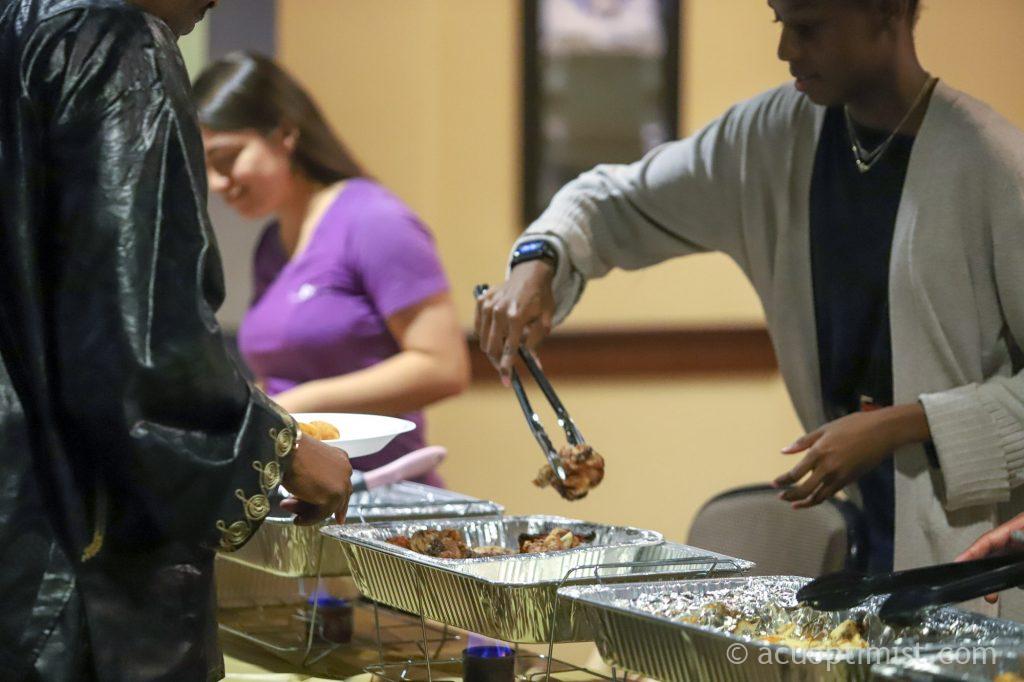Executive orders surrounding the COVID-19 pandemic continue to restrict pay for members of the food service industry, many of which are ACU students.
Due to the COVID-19 pandemic, Gov. Greg Abbott issued an executive order on March 19 closing all restaurants and bars, with the exception of to-go food and beverages, until April 3. On March 31, he updated that order by issuing a new order requiring the minimization of social gatherings and in-person contact with the exception of essential services. The order was set to expire April 30.
As a result, the Texas Restaurant Association reported that approximately 688,000 restaurant workers lost their jobs by April. The most recent report from the National Restaurant Association states 45% of 18-24 year olds working in the restaurant industry are also enrolled in school. This means the closure of restaurants is disproportionately affecting college students, many have faced reduced hours or layoffs.
“It is just crazy that working in the food industry was always thought to be a pretty reliable job,” Grace Windham, senior communications disorders major from Plano, said. “Restaurants were really one of the first things to close. It all happened so suddenly. One day I had a job and the next I didn’t.”
Many restaurants found ways to compensate their employees who are unable to work during the order. There were several different ways that employers chose to do this.
Arial Parker, a server at Chili’s in north Abilene, said servers at Chili’s Bar and Grill are given $325 per week, which is around 40 percent of their typical wage, while to-go personnel and limited kitchen staff are still able to work and are making regular wages.
Windham, a server at Cheddar’s in Abilene, said servers at Cheddar’s Scratch Kitchen are being compensated 50% of their individual average reported weekly wages, and to-go personnel and cooks are also allowed to work and make regular wages.
“I do think that a lot of servers, and others in the food industry, live paycheck to paycheck,” Windham said. “This sudden loss of income is hitting us all.”
On April 27, Abbott announced restaurants would be allowed to open at 25% occupancy beginning May 1. Even with this announcement, limited occupancy means less customers, and that lessons the need for labor.
“I’ve gotten almost half of the hours I was working before,” Windham said. “I’m sure if I wanted more I could train in to-go, but I’m not trying to risk my health more than I already am. Every person who has come in so far hasn’t had a mask or hand sanitizer or anything.”
Employees from many restaurants, including Chili’s and Cheddars, are still waiting to hear from their companies on how they’re going to accommodate reopening procedures according to Windham and Parker.
If no outbreaks are detected before May 18, Texas will move to Phase 2 of reopening which will allow for 50% capacity, according to Abbott.

